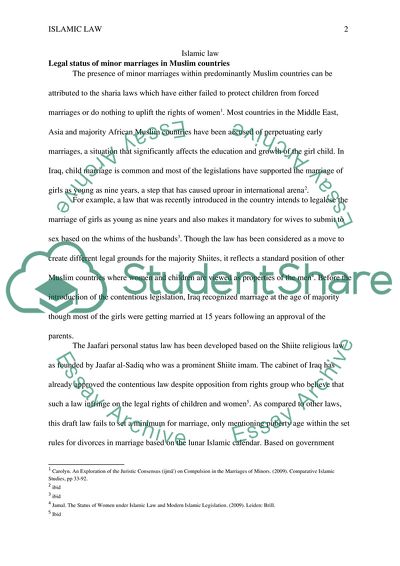Cite this document
(Legal Status of Minor Marriages in Muslim Countries Report, n.d.)
Legal Status of Minor Marriages in Muslim Countries Report. https://studentshare.org/law/1865158-islamic-law
Legal Status of Minor Marriages in Muslim Countries Report. https://studentshare.org/law/1865158-islamic-law
(Legal Status of Minor Marriages in Muslim Countries Report)
Legal Status of Minor Marriages in Muslim Countries Report. https://studentshare.org/law/1865158-islamic-law.
Legal Status of Minor Marriages in Muslim Countries Report. https://studentshare.org/law/1865158-islamic-law.
“Legal Status of Minor Marriages in Muslim Countries Report”. https://studentshare.org/law/1865158-islamic-law.


